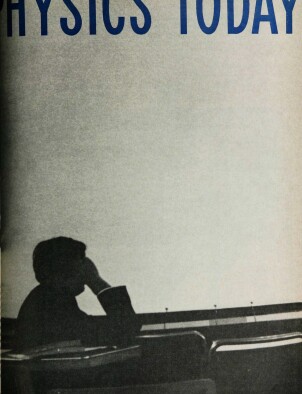The physics and chemistry of ceramics
DOI: 10.1063/1.3057858
Modern technology makes exacting and varied demands of materials, and the ancient art of ceramics has not remained immune from the impact of these demands. Traditionally, the development of ceramics has been primarily an empirical process; the complexity of these systems, and of the processing techniques used to fabricate them, has largely precluded the possibility of that rigorous control of experimental conditions necessary to the attainment of unambiguous results. Recently, however, studies of systems compositionally and structurally less complex than the traditional ceramics (for example, single crystals) have revealed additional properties of this class of materials which can be usefully exploited. Many of these studies have been carried out by physicists, and this work has grown into a discipline within what is now known as solid‐state physics.
This article is only available in PDF format
More about the Authors
Leonard F. Herzog. Pennsylvania State University.




